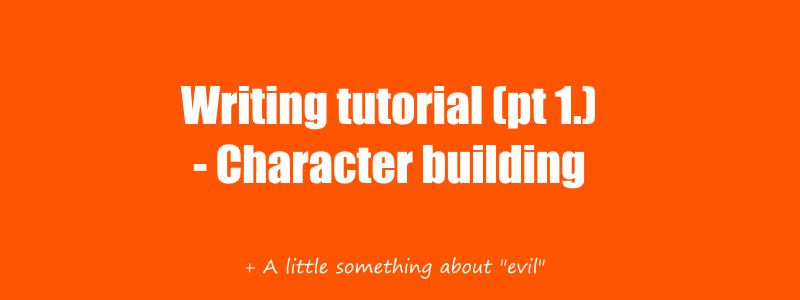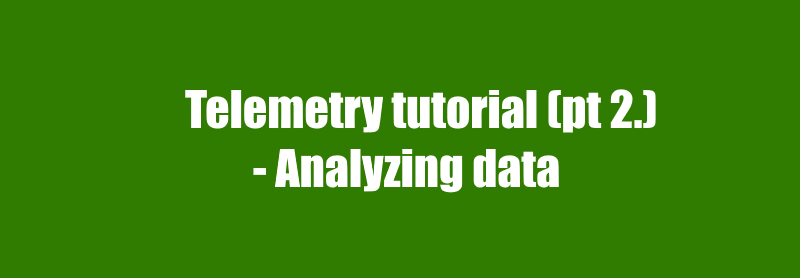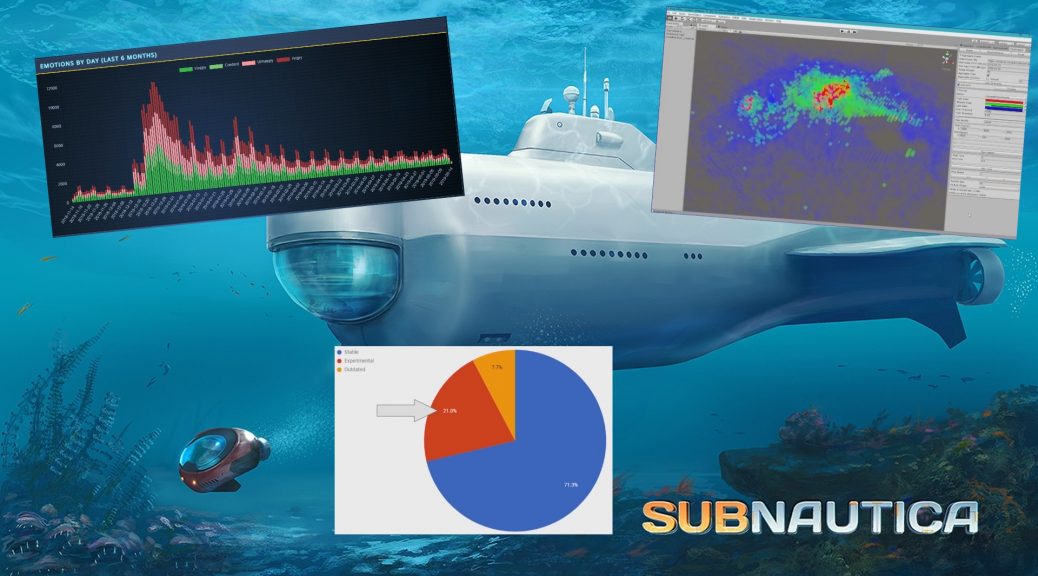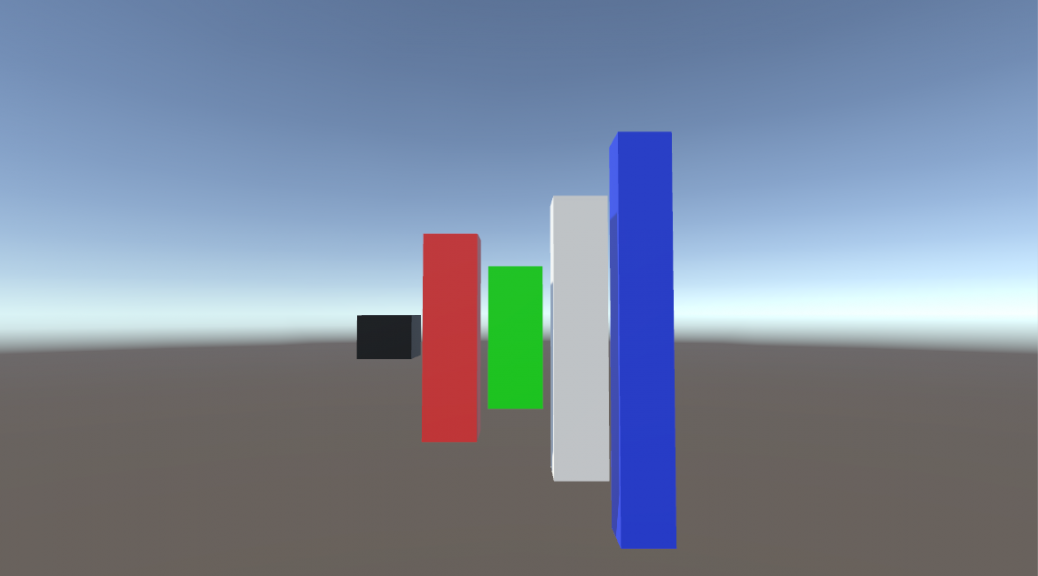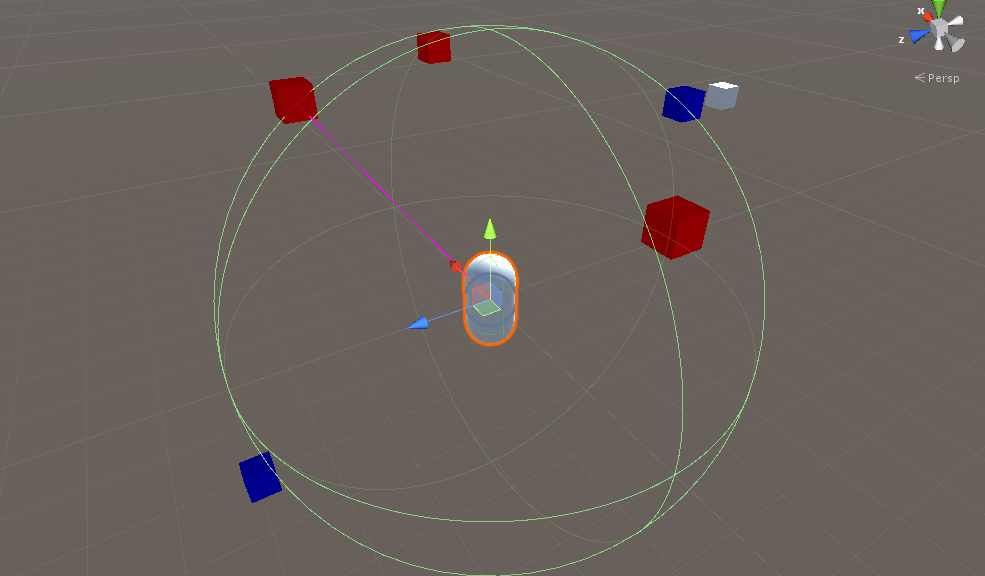Building meaningful characters
This is a bit outside my usual area of expertise as a programmer, but seeing as world- and character building is often central to a game’s development, it makes perfect sense to dive into these topics. And what better way to start, than with character design! While the topic may seem fairly subjective and touchy-feely, there’s quite a few ground rules to go by, to ensure that you are doing a good job. With that being said, what is mentioned…
